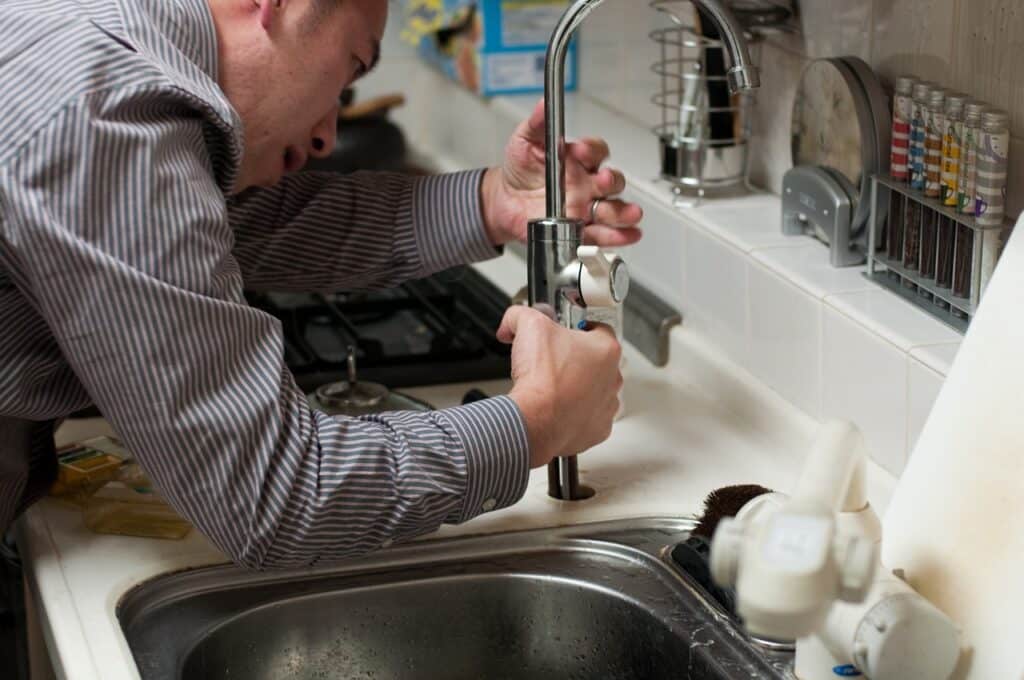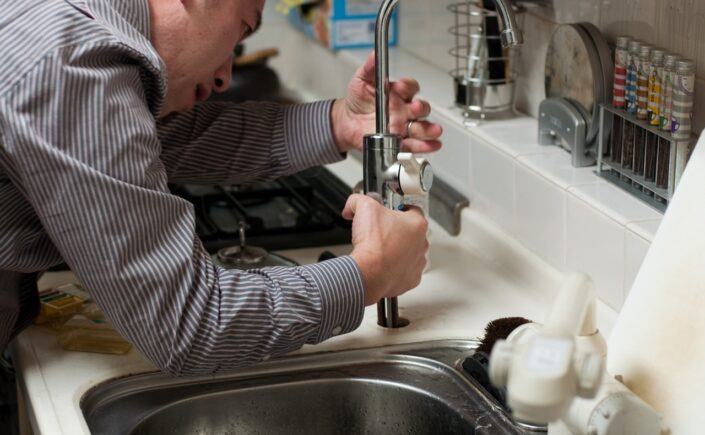Over the years, we have seen great plumbing, heating, and cooling technology advancements. These advancements have come to enhance comfort and convenience for homeowners. With the ever-changing climate, having reliable and efficient plumbing, heating, and cooling systems in our homes has become more important than ever. Cummings Plumbing will discuss some of the advancements in plumbing, heating, and cooling systems that have made homes more comfortable and convenient.

Smart Thermostats
One of the most significant advancements in home heating and cooling technologies is the development of smart thermostats. With smart thermostats, homeowners can remotely manage the temperature of their homes from their smartphones or other devices.
They can also program these thermostats to adjust temperatures according to their preferences and schedule, which helps save on energy bills. Some smart thermostats also come with artificial intelligence, which means they can learn your habits and adjust the temperature accordingly.
However, smart thermostats are not the only advancement in controlling your home’s temperature. Some HVAC systems now come with sensors that can detect when a room is occupied and adjust the temperature accordingly, eliminating the need for manual changes.
Tankless Water Heaters
Traditionally, water heaters have relied on large tanks to store hot water, which consumes lots of energy, space, and time. However, with advancements in plumbing technologies, tankless water heaters have become more popular. Tankless water heaters heat water instantly as required, eliminating the need to store hot water.
As such, they save space, reduce energy waste, and offer endless hot water. Moreover, with a programmable tankless water heater, you can set your preferred water temperature and flow rate, which ensures a consistent hot water supply.
Water-Saving Toilets
Toilets are among the top water-using appliances in a home. Therefore, advancements in plumbing technologies have focused on developing water-saving toilets that consume less water per flush. High-efficiency toilets (HETs) use only 1.28 gallons of water per flush, compared to older models that use over 3 gallons per flush.
Moreover, dual-flush toilets use only 1.1 gallons for liquid waste and 1.6 gallons for solid waste. With water-saving toilets, homeowners can save up to 16,500 gallons per year, which translates to significant water bill savings.
On the other hand, we have seen advancements in cooling systems that promote energy efficiency and environmental sustainability. For example, air conditioners with variable-speed compressors now adjust their speed to meet your home’s cooling needs. This results in significant energy savings and increased comfort since the system can maintain a more consistent temperature without constantly turning on and off.
Air Purification Systems
With the growing concern about indoor air pollution, advancements in home HVAC systems have turned to air purification technologies. Nowadays, we have air purification systems that use filters and other technologies to eliminate dust, bacteria, mold, allergens, and other harmful particles from the air. These systems improve indoor air quality, which reduces the risk of respiratory complications and allergies. They are particularly useful for homes with pets, allergies, and asthma.
Ductless HVAC Systems
Traditional HVAC systems rely on ductwork to deliver heating and cooling to different parts of a home. However, with advancements in HVAC technologies, we have ductless HVAC systems that offer flexibility and energy efficiency.
Ductless HVAC systems comprise an outdoor unit and indoor air handlers that can be mounted on any wall or ceiling. They use refrigerant lines to transfer heated or cooled air directly to individual indoor units rather than through ducts. As such, they reduce energy waste, enhance comfort, and offer more control over temperature and air quality.
Moreover, ductless HVAC systems can be zoned to provide heating and cooling only in areas that are in use rather than the entire home. This feature helps save on energy bills by avoiding unnecessary heating or cooling of unoccupied rooms.
Conclusion:
Advancements in plumbing, heating, and cooling technologies have tremendously impacted the comfort and convenience of our homes. From smart thermostats to air purification systems, there are numerous advancements that homeowners can take advantage of. These advancements help lower energy bills, improve indoor air quality, and offer more flexibility and control over home HVAC systems. Therefore, consider some of these advancements to upgrade your home’s plumbing, heating, and cooling systems for a more comfortable and convenient home.
